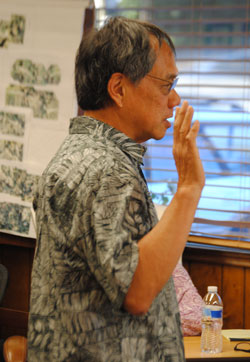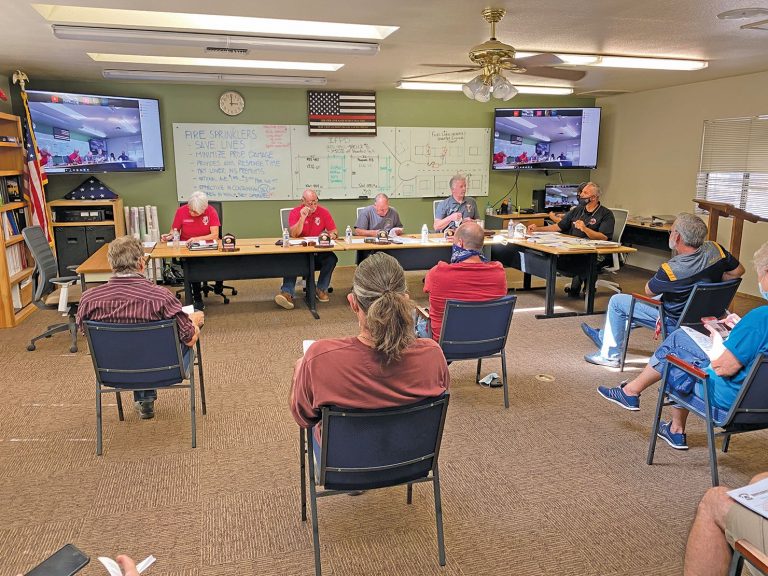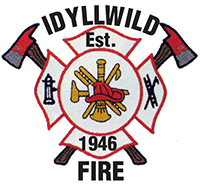Officials with San Bernardino National Forest (SBNF) are requesting comments by April 25 regarding a communications use lease to a private company. “The Forest Service proposes to designate the Mountain Center Communications Site and issue a communications use lease to Renegade Towers, LLC, as a facility manager for: the construction, operation and maintenance of a cellular/wireless communication facility,” the agency wrote in the scope packet.
The proposed site is west of Mountain Center “adjacent to an existing power line off Highway 74 near McGaugh Road. The approximate latitude, longitude is 33.703774°, -116.741676°.”
SBNF is requesting public comment “to help identify key issues, mitigation measures and analyze effects of this proposed action. Forest managers are asking the public to be as specific as possible.”
For more information regarding the project, visit https://www.fs.usda.gov/project/?project=56971. Contact Heidi Hoggan, project lead, at heidi.hoggan@usda.gov or 760-285-9950 for a paper copy. Included in the packet is “There is a need to provide wireless communications coverage in the area between Mountain Center and Valle Vista in the interest of public safety and general communications. The desired future condition is improved wireless communications, material reduction of ‘dead zones,’ increased effectiveness and convenience, and reliable and available emergency services.”
SBNF asks that “Scoping – Mountain Center Communications Site” be in the subject line if you send comments by email. If you cannot submit comments via email, fax your comments to 951-659-2107 or mail them to:
US Forest Service
Attn: Heidi Hoggan
P.O. Box 518, Idyllwild, CA 92549
SBNF gave the newspaper the email for Robert MacLachlan of Vista Towers. The newspaper asked MacLachlan the plans for the proposed project, such as whether or not 5G is in the plan either now or in the future. Michael Miller, also of Vista Towers, sent the following response.
“Currently, the tower sites use mid-band frequency and operate on low power under their 4G operations.
“While the carriers will end up calling their entire network ‘5G,’ 5G really means the inclusion of, ‘small cells,’ within their network. Small Cells will really only be deployed in certain dense urban, convention
center, airport and even for ‘crowded’ traffic intersections. Small cells work on ultra high band frequency… and only cover about 150 feet or so in any direction. They are small boxes, with one or two small antennas, and are placed on light poles or sides of buildings at about 20 feet in height. The carriers usually deploy a bunch of them in a crowded area to handle the extra capacity created by crowds of people. All the tower sites are still going to be the same – operating on the mid band frequencies at the same low power. No difference. But the entire network will be called 5G.
“Hope this helps. The above is my understanding after talking to industry engineers … if I learn different or new info, I will update you.”
The company proposed this project in the past.
Verizon writes the following about 5G on its website: “A discussion around 5G technology is really a discussion about delivering life-changing technologies through next-generation networks. And Verizon has the engineering experience and partnerships to move huge amounts of data at significantly faster speeds than before.
“This is all predicated on work we began years ago to ‘densify’ our 4G LTE network with small cell sites in high traffic areas — places like shopping centers and college campuses, as well as downtown areas. Thanks to these improvements, as well as using millimeter wave spectrum and deploying a massive fiber network, we’ve been able to introduce Verizon 5G Ultra Wideband — a technology that we expect will revolutionize industries and provide immediate impact for customers — faster and more efficiently.”








